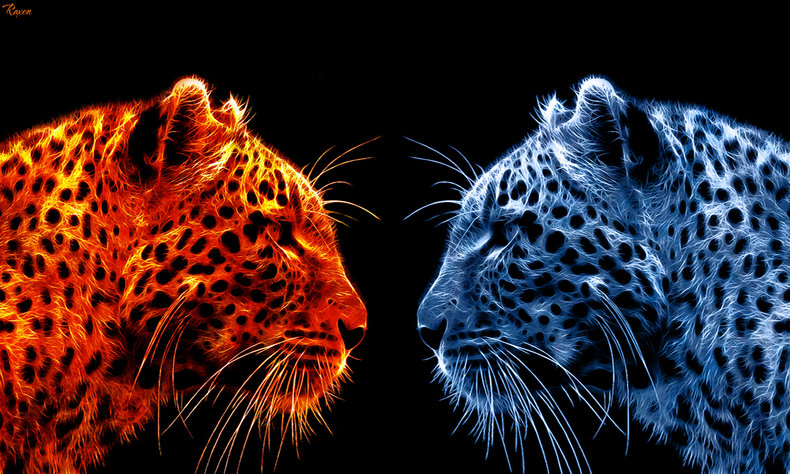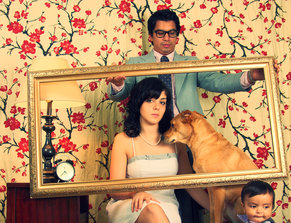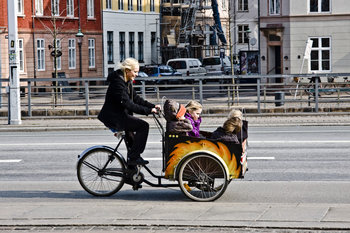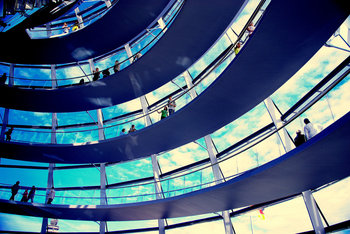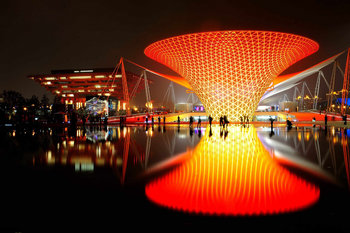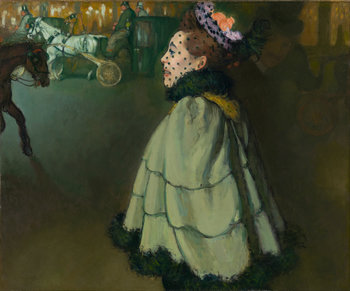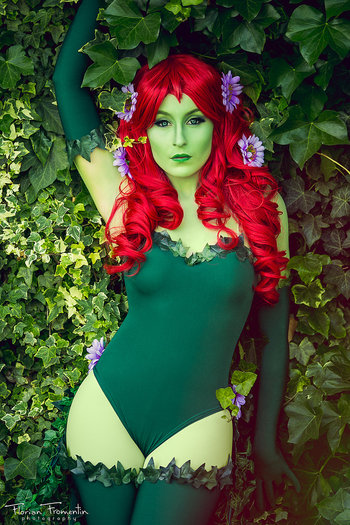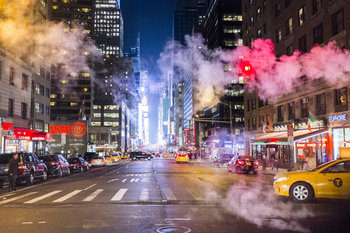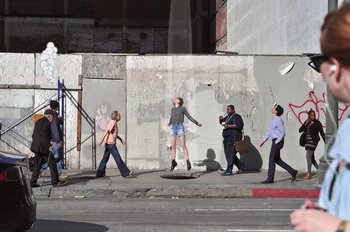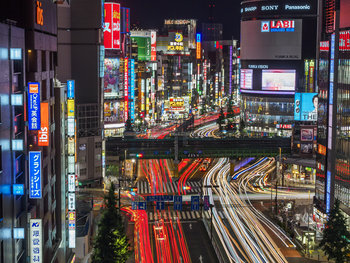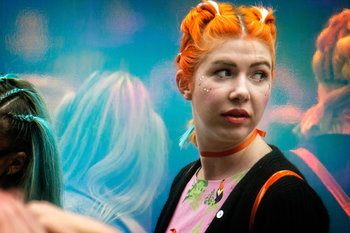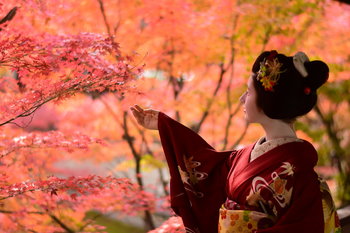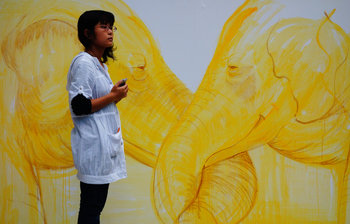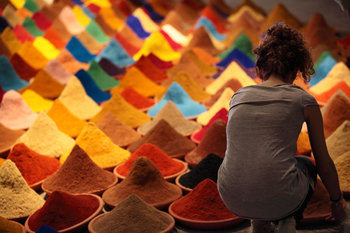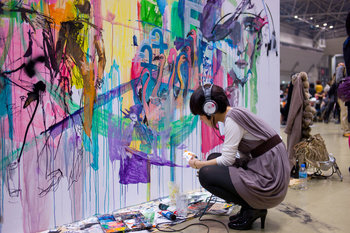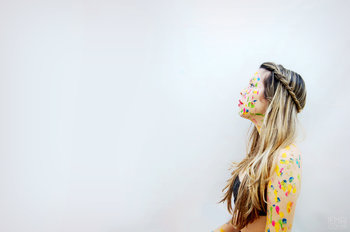|
| |
Color temperature is the tendency for people to perceive colors as cold, cool, warm or hot to the touch. This appears to be an inherent aspect of color perception that transcends culture. As such, it is likely related to the dominant colors in nature as follows.Color | Temperature | Elements | Yellow | Warm | Sun & Fire | Orange | Warm | Sun & Fire | Red | Hot | Sun & Fire | Blue | Cool | Water & Sky | Green | Cool | Water & Vegetation |
Colors not listed above such as purple, pink, brown, white and black do not have a strong association with temperature.
Science & TechnologyColor temperature has a completely different meaning in the context of science, technology and engineering. This is the practice of measuring the color of light produced by a near-white light source such as the sun or a light bulb in terms of the temperature that a black body needs to reach to emit the same color. This is on a scale from red to blue that is measured in kelvin. For example, sunlight is 5900 kelvins, this is near pure white with a slight orange tinge. Color temperature is important to the design of lighting, display technologies, instruments and cameras. It is also relevant to science and industries such as agriculture. Confusingly, the scientific measurement of color temperature has colors at the opposite end of how they are perceived by people with blue being the hottest and red being the coolest. For example, light bulbs that produce a bluish light are often marketed as "cool" and those that produce orangish light are marketed as "warm." NotesThe scientific concept of color temperature only applies to variations of white light. For example, a blue LED that produced pure blue light wouldn't be modeled with color temperature.|
Type | | Definition (1) | The tendency for people to perceive certain colors as cool or warm to the touch. | Definition (2) | The scientific practice of measuring the color of near-white light in terms of the temperature a black body needs to reach to emit that color. | Related Concepts | |
Color Theory
This is the complete list of articles we have written about color theory.
If you enjoyed this page, please consider bookmarking Simplicable.
A comprehensive guide to design.
An overview of color theory.
The difference between layout and composition.
The difference between modeless and contextual user interfaces explained.
A list of common types of design.
The steps in a design process.
The common types of design quality.
A definition of universal design with examples.
A definition of sensory design with examples.
An overview of emotional design.
The definition of elegance with examples.
A few common urban design terms.
The difference between a green wall and green facade.
A list of sustainable urban design techniques.
The difference between active and passive design.
How a street canyon changes an urban environment.
An overview of parti pris in architecture with an example.
A list of common city issues.
A list of common community problems.
An a-z list of things in cities.
An list of the common types of city.
TrendingThe most popular articles on Simplicable in the past day.
Recent posts or updates on Simplicable.
Site Map
© 2010-2023 Simplicable. All Rights Reserved. Reproduction of materials found on this site, in any form, without explicit permission is prohibited.
View credits & copyrights or citation information for this page.
|
